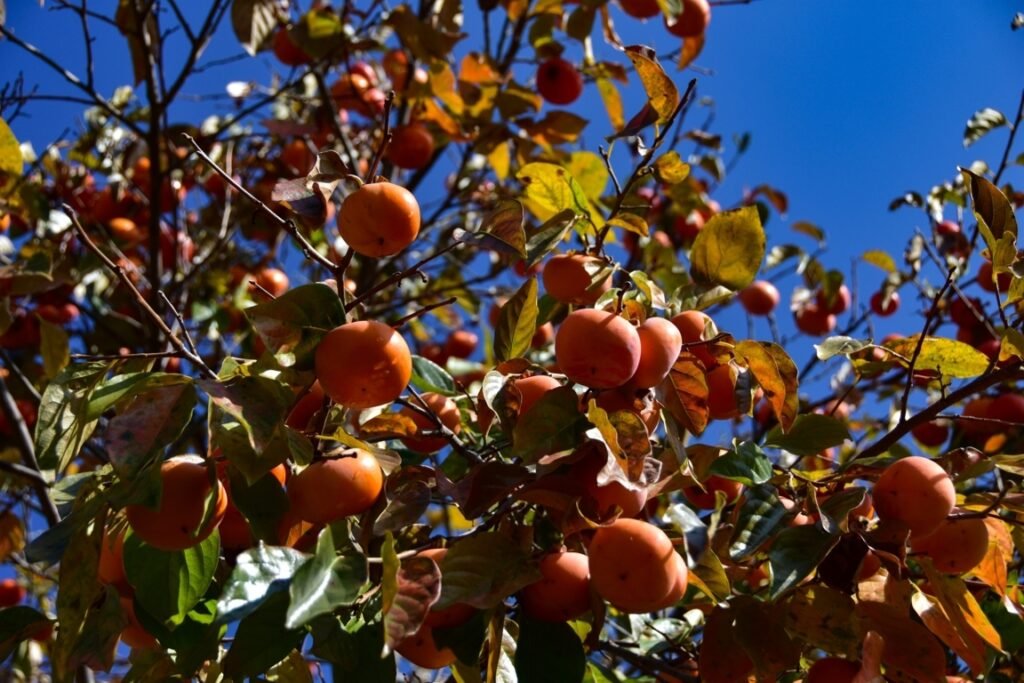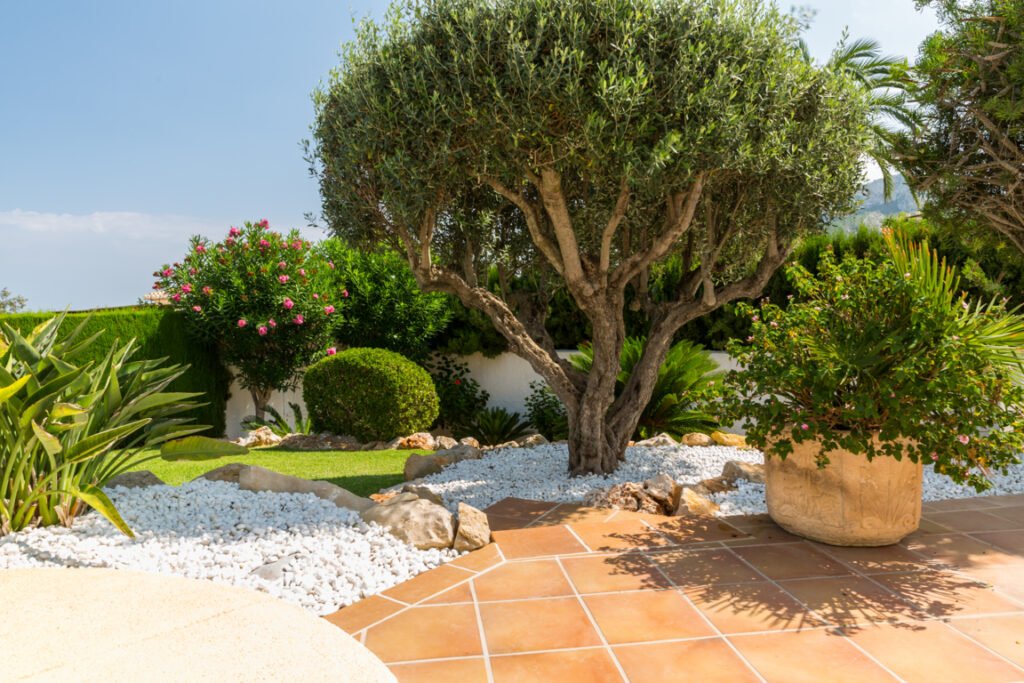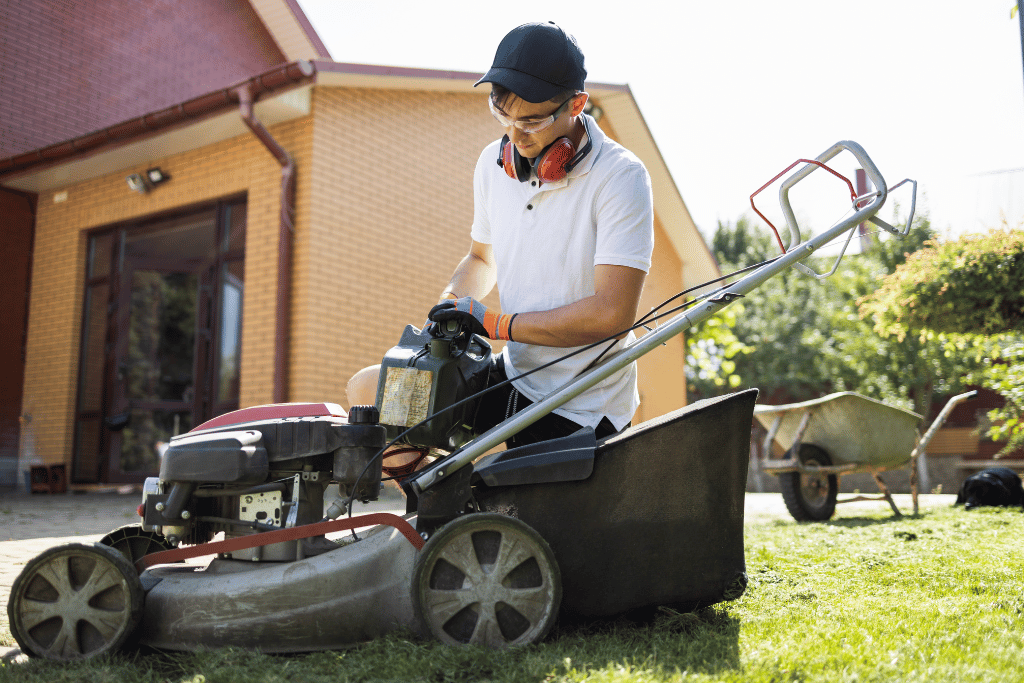
Gardening enthusiasts know that persimmon trees are an excellent choice for adding variety to their orchards, and let’s not forget how sweet they can be! Guess what?! You can grow these delicious, nutrient-dense fruit from seed in your own backyard.
They come in two varieties: astringent and non-astringent. Astringent varieties need to be ripened before eating, and they are a better option than non-astringent because they have a longer shelf life and are much juicer. So, we’ll be focusing on growing astringent persimmons in this guide!
Here’s how to grow an astringent persimmon tree from a seed:
Steps to Grow Astringent Persimmon (Saijo)

Step#1 – research the best astringent persimmon varieties
Before you begin the process of growing an astringent persimmon tree from seed, research the best varieties available to you. Some popular astringent varieties include Saijo, Hachiya, and Tanenashi.
Choose a variety that is well-suited to your climate.
You’ll also want to consider the size of the tree you want to grow—some astringent varieties can get quite large! Therefore, see that you have enough room for a full-grown tree and a plan for where you’ll locate it in your garden.
Lastly, consider the flavor and texture of the persimmons you want to grow. Saijo is known for its sweet, almost honey-like flavor, while Hachiya has a firm texture and slightly tart taste. Tanenashi has a milder flavor than the other two varieties.
By doing your research ahead of time, you can choose a variety that fits your needs and ensure a successful harvest. If you ask us, we’d go with Saijo since it has a delicious flavor and is relatively easy to grow.
And, let’s face it, sweetness is by far the most important trait in a fruit, and saijo checks that box ten times over!
Step#2 – collect and soak the seeds:
Now that you’ve chosen your variety, it’s time to prepare the seeds for planting. Collect a few seeds from a Saijo persimmon, clean them and soak them in warm water overnight. This will help soften the outer coating and make them easier to plant.
Once the seeds have been soaked, you’ll need to crack open the outer coating so the seed can germinate. This is easily done by pressing down gently on the seed with a knife or other sharp object.
When you’re finished, rinse the seeds off and spread them out to dry. After drying, they’re ready to be planted.
Step#3 – planting the seeds:
When planting Saijo persimmon seeds, choose a spot that is well-drained and has plenty of sunlight. For this, take a large pot and fill it with a combination of potting soil, compost, and sand.
Cover the seed with a thin layer of soil, then water it well. You’ll want to keep the soil moist but not soggy—water once or twice a week for the first few weeks until the seed has germinated.
Your Saijo persimmon tree should begin to sprout within 6-8 weeks, and you can transition it to more frequent watering afterward. For best results, use a rich soil mixture with lots of organic matter, such as compost or aged manure.
You can also add a slow-release fertilizer at the time of planting to give your tree a good start. If you live in an area with cold winters, try mulching the soil around the roots of your persimmon tree for additional protection from frost and freezing temperatures.
Step#4 – transplanting:
Once your persimmon tree is established, which takes around one year, you will need to transplant it into a larger pot or in the ground. Make sure to use a good-draining soil mixture and that the tree has plenty of room to grow.
Wondering how to transplant a small Saijo tree into the ground? Here’s how:
- Dig a hole twice as wide and deep as the root ball of your tree.
- Carefully remove the tree from its container and set it in the hole.
- Backfill with soil and press down firmly to secure the tree in place.
- Water thoroughly to help the roots settle in, and add a layer of mulch around the tree’s base.
Step#5 – prune for bushier growth and better fruit production
Pruning should be done annually in the late winter or early spring, before the tree starts to produce new leaves.
Trim off any dead or broken branches and thin out the canopy to allow more light to penetrate. This will encourage bushy growth, as well as more fruit production.
If you have plenty of space in your garden, you can also prune your persimmon tree into a fan shape or an espalier to save on space and make harvesting easier.
Step#6 – fertilization
Your Saijo persimmon tree will need fertilizing at least once a year. The best time to fertilize your tree is in early spring, when the new growth begins, and it needs nutrients for its blossoms and fruit.
Use a balanced fertilizer that’s suitable for fruit trees and follow the directions on the package.
Step#7 – harvesting:
Once your tree starts to produce fruit, which will be in about 4-7 years, it’s time to start harvesting. Generally speaking, Saijo persimmons are ready to harvest when they turn a bright orange color, and the flesh is slightly soft.
Carefully cut the fruits off the tree with a pair of pruning shears or your hands, ensuring not to injure any branches in the process. The fruits can be eaten fresh or used for cooking purposes.
Note: Although the above guide is on how to grow Saijo persimmon from seed, you can also purchase them as young trees from nurseries or get them in potted plants. If you choose to purchase a tree, it will require less effort from your side, but the same care must be taken in order for the tree to thrive.
Conclusion
That’s all the information you need on how to grow an astringent persimmon tree from a seed. All you need to do is follow the above mentioned steps, and you will have a healthy and productive tree that yields delicious astringent persimmons. Just make sure to give your tree the right amount of sunlight, water, fertilizer, and pruning throughout its life cycle to ensure it reaches its full potential.
Frequently Asked Questions (FAQ)
What is the best time to start growing a saijo persimmon from seed?
The best time to grow Saijo persimmon from seed is in late winter or early spring. Plant the seeds in a pot with well-draining and nutrient-rich soil, and place them in a spot where they can receive direct sunlight. You can find detailed information on when is the best time to plant persimmon trees.
How often should I water the seeds?
Water the seedlings regularly, but don’t overwater – as it can cause root rot or fungal diseases. Water until the top inch of soil is slightly damp, and then allow it to dry out before the next watering. If necessary, add a layer of mulch to help conserve moisture and keep weeds out.
How much sunlight does saijo persimmon need?
Saijo persimmon requires full sun in order to thrive. The best spots are those that get at least 8 hours of direct sunlight every day. Make sure to provide shade during the hottest part of the day if needed.
What type of fertilizer should I use on my saijo persimmon tree?
Use an organic fertilizer such as compost or manure tea designed for fruit trees. Fertilize your Saijo persimmon tree at least twice a year in early spring and late summer. Follow the instructions on the package for how much to apply.
How can I tell if my saijo persimmon is getting enough nutrients?
Check the leaves of your plant for yellowing, curling, and other signs of nutrient deficiency. If you observe any of these signs, it is time to apply a fertilizer or soil amendment with the proper nutrients for your Saijo persimmon tree.
Is Saijo Persimmon a Self pollinator?
Yes, Saijo Persimmon is a self-fertile variety and does not require another tree for pollination. However, you may get better yields if two or more trees are planted in close proximity.



